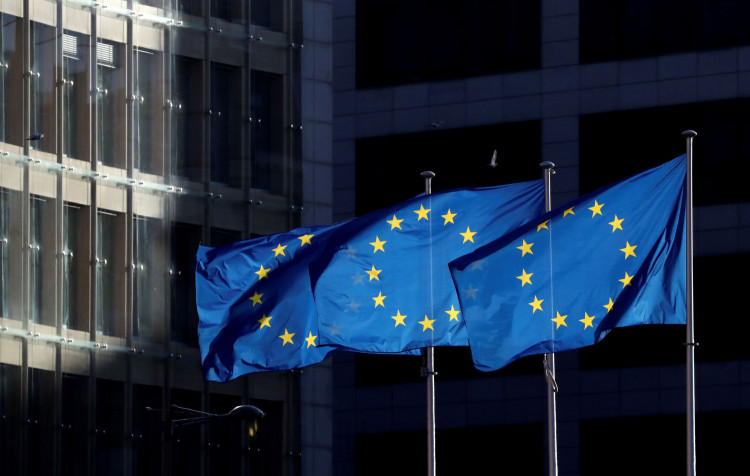On October 3, the European Commission announced in Strasbourg, France, that it will conduct a collective risk assessment with its member states in four technology sectors: semiconductors, artificial intelligence, quantum technology, and biotechnology.
Věra Jourová, a European Commissioner, emphasized that this move by the EU is aimed at "reducing trade risks, not decoupling." She noted that technology is at the heart of geopolitical competition and that the EU aims to be an active player rather than a passive battleground. She highlighted the risks of over-reliance, citing supply chain issues during the COVID-19 pandemic and the Russia-Ukraine conflict, both of which have cost Europeans dearly.
The risk assessment is scheduled to be completed by the end of the year, and by spring 2024, the EU may introduce restrictive measures such as export reviews in these sectors.
Jourová clarified that the list of the four technologies should not be seen as a definitive list for implementing restrictive measures. The EU might also introduce supportive measures, such as closer cooperation with partner countries in these areas.
Another Commissioner, Thierry Breton, echoed this sentiment, stating that this isn't about protectionism. He pointed out that countries including the U.S., UK, and Japan have similar technology lists.
While the European Commission's documents and statements did not target any specific country, the technology list aligns closely with a U.S. list aimed at China. This suggests that one of the EU's primary targets for "de-risking" is undoubtedly China.
Earlier, U.S. President Joe Biden signed an executive order in August restricting investments in China's high-tech sectors, specifically semiconductors, microelectronics, quantum technology, and certain areas of artificial intelligence. This aligns perfectly with the EU's list.
However, Brussels does not view this risk assessment as a political alignment with U.S. strategies. Agathe Demarais, a senior researcher at the European Council on Foreign Relations, commented that by releasing this list, the EU is signaling its intent to develop its own European de-risking strategy, rather than merely following the U.S.'s lead in the sector.
After the Biden administration imposed investment restrictions in key areas, the EU's response remained lukewarm. In August, the EU's official stance was to closely monitor developments and maintain active communication with the White House.
This risk assessment is largely an operational advancement of the "European Economic Security Strategy" unveiled by the European Commission in June.
On June 20, the EU's "European Economic Security Strategy" highlighted the need for a comprehensive assessment of supply chain risks, critical infrastructure risks, technological security and leakage risks, and economic dependency risks. As potential countermeasures, the strategy document listed export controls, foreign investment reviews, increased independent research and development, and supply chain restructuring.
This broad strategy was described by European Commission President Ursula von der Leyen as an "initiative," lacking specific operational details and a timeline.
The strategy's vague wording is interpreted as the EU's inability to reach a consensus on the "de-risking" issue.
Demarais pointed out that European economies have varying exposures to China. Without a consensus on China, any de-risking efforts will prove to be a daunting task.
On September 13, the European Commission announced an anti-subsidy investigation into Chinese electric vehicle imports. While the investigation was welcomed by Paris and Berlin, the German industrial sector, which heavily relies on the Chinese car market, opposed it. The German Automobile Industry Association immediately stated that the anti-subsidy investigation alone would not address the challenges currently faced by European competitiveness.
Internal EU debates also explain why all four sectors listed by the European Commission for this risk assessment are areas where the U.S. holds a leading position, rather than sectors where the EU is dominant. Six other sectors listed in the "Economic Security Strategy" were not included in this risk assessment. These six sectors include navigation and digital technology, advanced sensing technology, space and propulsion technology, energy technology, robotics and autonomous systems, and advanced materials and manufacturing and recycling technology. The European Commission will consult with member states in spring 2024 to determine the necessity of initiating assessments in these areas.



